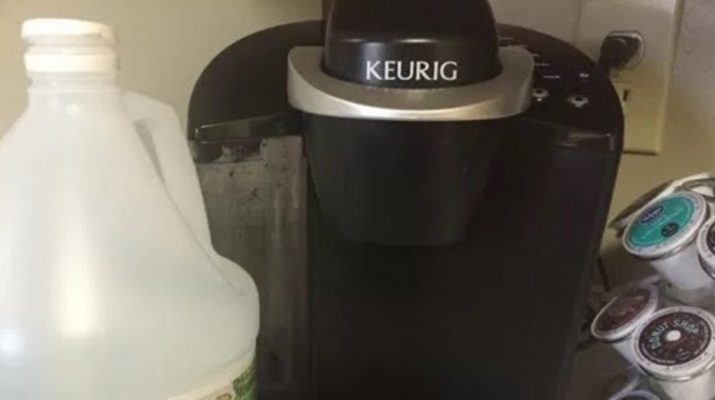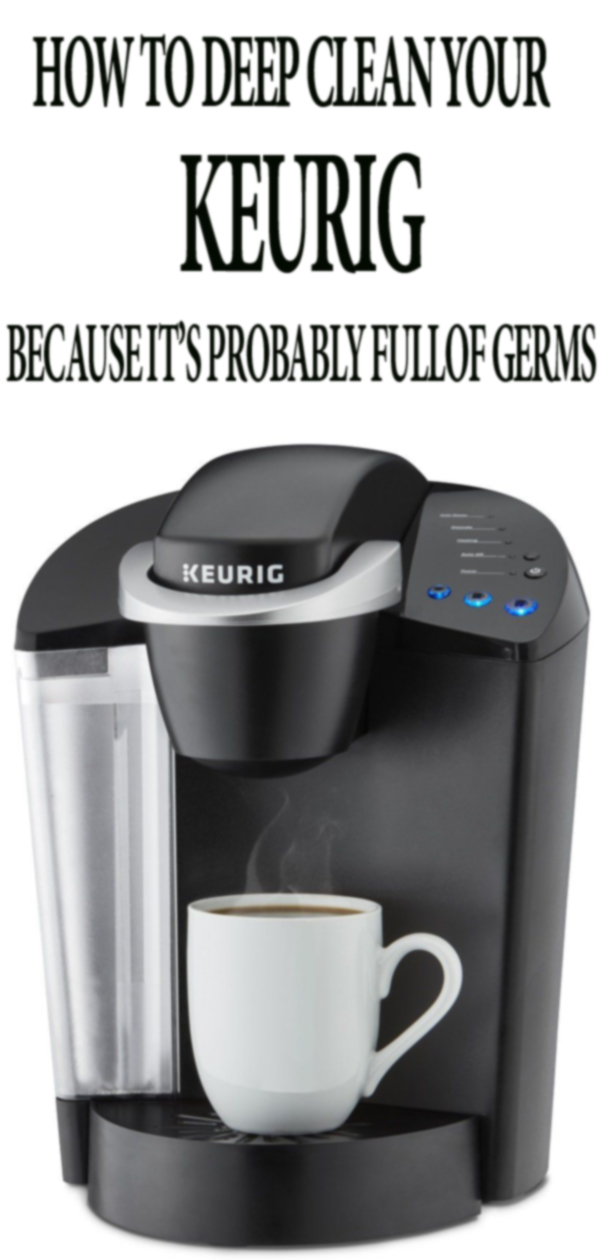Coffee is one of the world’s most popular beverages, and despite its amazing aroma and unique taste, it is a rich source of antioxidants and beneficial nutrients, that provide powerful medicinal properties.
According to Robert H. Shmerling, MD:
“Over the last several decades, coffee has been among the most heavily studied dietary components. And the news is mostly good. Moderate coffee consumption (three to four cups per day) has been linked with a longer lifespan. In fact, a November 2015 study in Circulation found that coffee consumption was associated with an 8% to 15% reduction in the risk of death (with larger reductions among those with higher coffee consumption).
Other studies have found that coffee drinkers may have a reduced risk of cardiovascular disease (including heart attack, heart failure, and stroke), type 2 diabetes, Parkinson’s disease, uterine and liver cancer, cirrhosis, and gout.”
Most of us cannot imagine starting the day without a cup of freshly brewed coffee in the morning, and since we are living in a culture of convenience and constantly lack time, single-cup coffee brewing machines are becoming a real hit.
Now, let us review some important aspects of this rising trend:
Health risks
A swab test conducted of 28 coffee machines by a Pittsburgh station found more than 4 million colonies of harmful bacteria, like E.coli, Staphylococcus, streptococcus, and Pseudomonas aeruginosa, and mold in the water tanks, pod compartment, spout and tray of over half of the machines tested.
A study conducted by NSF International revealed that the ‘germiest room in the home’ was, of course, the kitchen, with the coffee maker reservoir showing higher germ counts than bathroom sinks.
Being moist environments, coffee makers are a perfect environment for bacteria and mold, that in turn lead to various illnesses.
According to Terri Newcom, Purdue Extension director for Tipton County:
“Any time there is constant moisture, there is the potential for mold and mildew to generate. Since mildew and mold can grow on hard plastic surfaces, Keurigs and other types of coffee makers are susceptible. Most likely, the first evidence of mold or mildew will be a bitter taste to the coffee.”
He added:
“With respect to any coffee machine, the hazard is consuming mold spores through the coffee (drunk) from the infected pot. A person may experience gastrointestinal problems such as bloating, gas and diarrhea.”
When it comes to the pods, they are made of plastic, which is approved for use as safe by the FDA. Yet, the problem lies in a type of plastic called BPA, which lines a lot of tinned food products and has been found to lead to hormone imbalances, and a disrupted function of estrogen.
In 2010, the FDA also stated that BPA can have its negative effects on the brain, behavior, and prostate glands in fetuses, infants, and young children.
Yet, Keurig states that their pods are not lined with BPA, but a plastic referred to as #7 – which is a mix of plastics, that are actually not specified.
Also, according to one 2011 study, published in the Journal of Environmental Health Perspectives, most plastic products trigger an estrogen effect, which leaves space for worrying about the impact of plastic on our bodies and brains.
And don’t even mention the Nespresso’s capsules that are completely made from aluminum with a food grade shellac coating!
Environmental Impact
The biggest companies, like Nespresso, Keurig and Nescafe’s Dolce Gusto, do not use recyclable pods, and the K-Cups by Keurig were criticized because they are difficult to recycle. In the case of Nespresso, you need to order more from their website in order for them to collect the pods for recycling.
Therefore, the options we have in terms of recycling the pods are not exactly the definition of ‘convenience’.
Even though they are made from technically recyclable materials, like plastic, aluminum, organic material (coffee grounds) and paper filters, some pods will need to be separated first, which will not save your time, even though it was your original idea when purchasing the machine. On the other hand, if we throw them whole in the bin, they are non-recyclable.
Additionally, the plastics in the pods remain stable and durable as 192-degree hot water passes through them, so they will not easily break down in landfills.
If we also count the aluminum Nespresso pods sold annually, that end up in the landfills, and countless other pods used by such machines, it is a fact that it is a huge amount of waste that has a disastrous environmental effect.
Nutritional Content
When it comes to the health benefits of your favorite drink, standard espresso pods have the same nutritional value as regular filtered coffee, but this is not the case with specialty coffee pods.
They are higher in calories, fat, and sugar, as well as additives like Partially Hydrogenated Vegetable Oil, Sodium Caseinate, Dipotassium Phosphate, Silicon Dioxide, artificial colors and flavorings and lots more.
Cost
A comprehensive study conducted by the New York Times that analyzed single-serve coffee brewers and their effect on the bank balance showed that the coffee in both Nespresso pods and K-Cups costs over $50 per pound, which is much more than most organic and Fair-Trade coffees.
Pesticides
The coffee used in the pods is usually not organic, so it has been treated with pesticides. Yet, studies have linked pesticides with serious health issues like cancer, Parkinson’s disease and miscarriages in pregnant women. Yet, our aim is not to convince you to give up your daily dose of caffeine.
Now, here are some useful tips to help you eliminate the concerns linked to it:
To clean it properly, empty the reservoir, and run a vinegar solution through the machine.
Make sure you change the waste after each use and leave the lid off to allow it to air dry.
Also, wipe it down every day. If you haven’t used it for a few days, remove any internal standing water by running a few cleansing brews before use. To lower its environmental impact, you can buy a reusable pod with a stainless steel mesh, but it needs to be filled before each use and cleaned afterward.
Still, many people will find these machines more beneficial than the conventional, multi-cup way of enjoying coffee. First of all, they appreciate the flavor of fresh coffee, and these machines offer freshness, regardless if you are at home or in the office, 100% of the time.
Also, many people choose it just because they believe it is much more convenient over a standard coffee maker, as a single cup coffee maker brews directly into a cup or travel mug. When late for work, or you have not heard the alarm clock in the morning, all you need to do is to push a button and your coffee is ready.
On the other hand, if you are ready for a change, you can always try some of the following less expensive and trusted coffee making methods as well:
The Chemex
You just pour the hot water over the grounds, and you cannot over-brew it. It is easy to clean, and the brewing vessel is durable to boost.
The Aeropress
In a simple and quick way, this device will extract the brew from the beans with the help of air pressure.
A French Press / Cafetiere
It is easy to clean, and you can control the strength of your coffee. It is usually made with stainless steel and glass, so you are not exposed to any risk of chemical-leaching plastics.
However, regardless of the coffee system, you decide to use, make sure it is always cleaned and dried well. Try to use organic coffee only, and prefer products made of glass or stainless steel.


